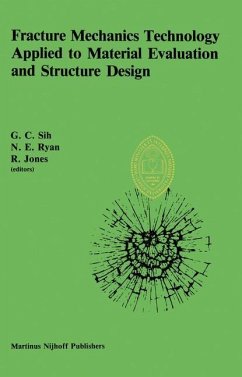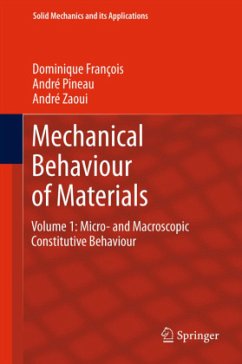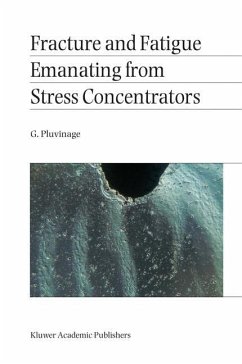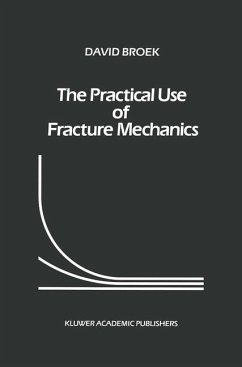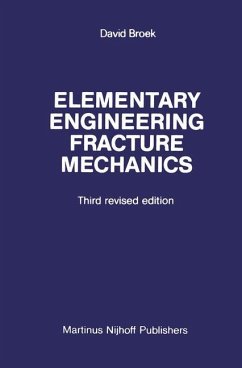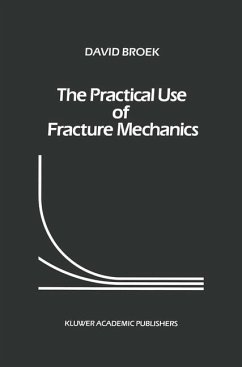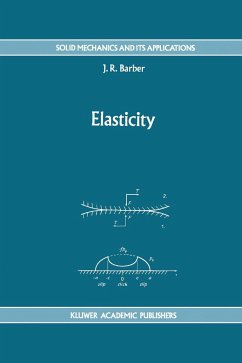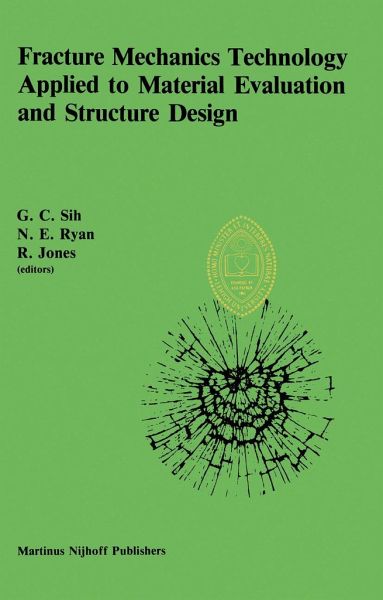
Fracture Mechanics Technology Applied to Material Evaluation and Structure Design
Proceedings of an International Conference on 'Fracture Mechanics Technology Applied to Material Evaluation and Structure Design', Held at the University of Melbourne, Melbourne, Australia, August 10-13, 1982
Herausgegeben: Sih, George C.; Ryan, N.; Jones, R.
Versandkostenfrei!
Nicht lieferbar
The International Conference on Fracture Mechanics Technology Applied to Material Evaluation and Structure Design was held in Melbourne, Australia, from August 10 to 13, 1982. It was sponsored jointly by the Australian Fracture Group and Institute of Fracture and Solid Mechanics at Lehigh University. Pro fessor G. C. Sih of Lehigh University, Drs. N. E. Ryan and R. Jones of Aeronau tical Research Laboratories served as Co-Chairmen. They initiated the organiza tion of this international event to provide an opportunity for the practitioners, engineers and interested individuals to present and discuss recent advances in the evaluation of material and structure damage originating from defects or cracks. Particular emphases were placed on applying the fracture mechanics tech nology for assessing interactions between material properties, design and opera tional requirements. It is timely to hold such a Conference in Australia as she embarks on technology extensive industries where safeguarding structures from pre mature and unexpected failure is essential from both the technical and economical points. view The application of system-type approach to failure control owes much of its success to fracture mechanics. It is now generally accepted that the discipline, when properly implemented, provides a sound engineering basis for accounting in teractions between material properties, design, fabrication, inspection and op erational requirements. The approach offers effective solutions for design and maintenance of large-scale energy generation plants, mining machineries, oil ex ploration and retrieval equipments, land, sea and air transport vehicles.




